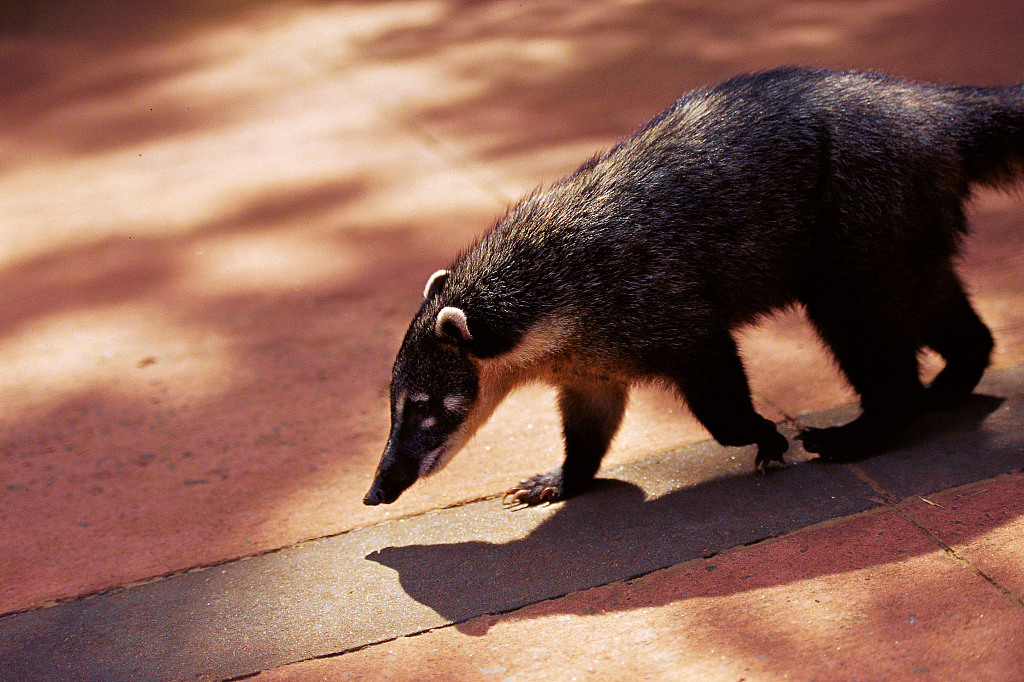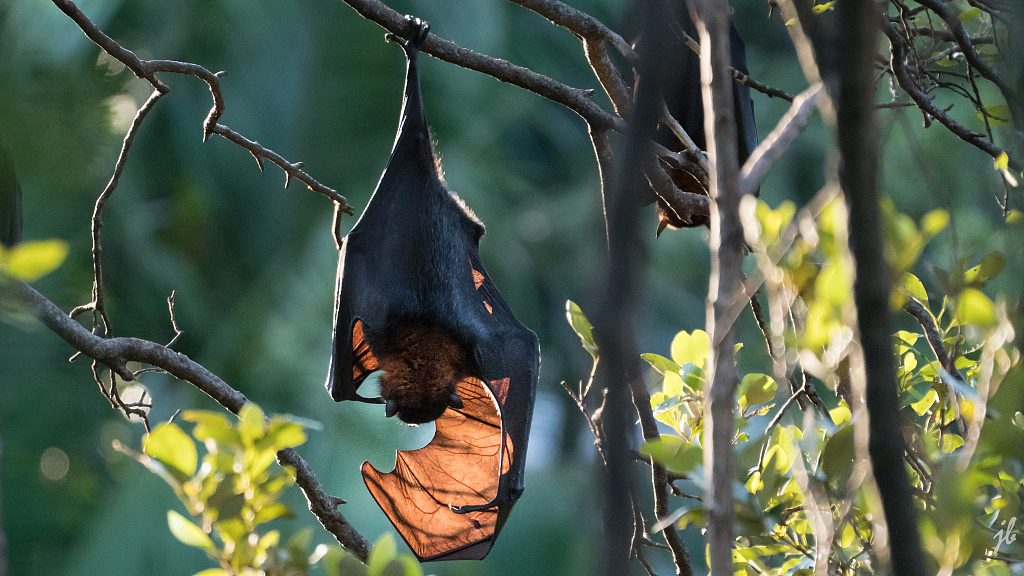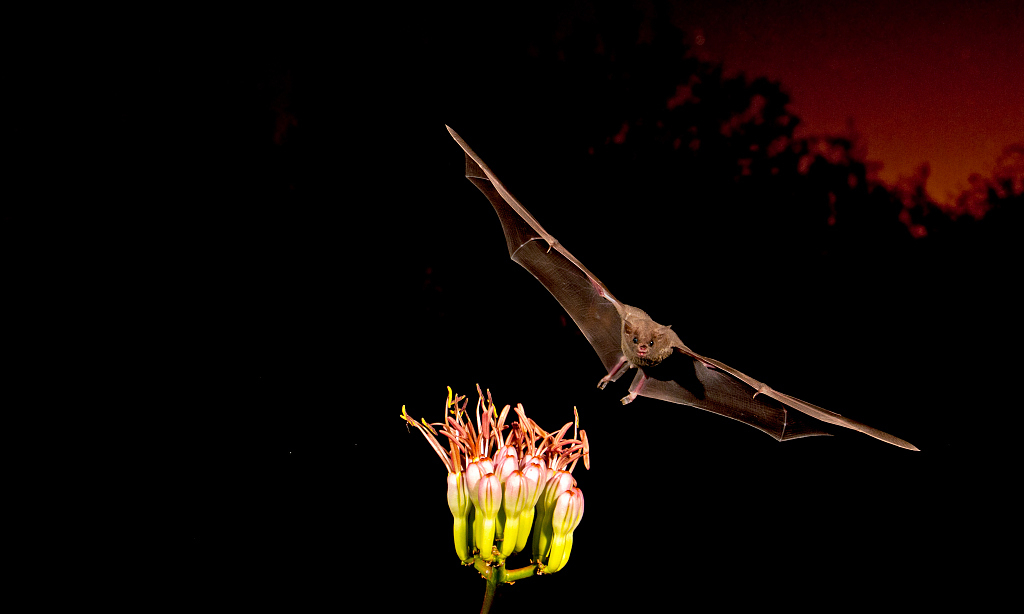Over 13 years after the outbreak of SARS in 2003, a group of Chinese scientists has discovered the natural reservoirs of the virus – the bat. This eventful journey designed to solve leftover mysteries of SARS may serve as a revelation of how scientists trace the origins of deadly viruses and offer a warning and some clues in the investigation into the ongoing coronavirus epidemic that has killed over 900 and infected more than 40,000 worldwide.

"When we started the project to find the natural reservoir of SARS among so many wild animal species in 2004, I felt like the mission is no different to looking for a needle in the sea," said Shi Zhengli, a researcher of Wuhan Institute of Virology, in a presentation for Yixi Talk, the Chinese equivalent of TED Talks. She led the team in the virus-hunting endeavor of over a decade until their questions were finally answered.
Back then, the widely-circulated speculation was that the virus came from civets who were eaten by people and subsequently resulted in the outbreak that has killed almost 800 and infected over 8,000 across the world. And the situation seemed to be under control after the immediate shutdown of all wild animal markets in Guangdong.
However, Mrs. Shi's research told another story.
Their study results showed the civets, either in the wild or captivity, are merely an intermediate host, which means the search for the virus was back to square one.
"Thanks to the enlightenment from international peers and the lessons learned of previous disastrous epidemics, such as the HendraVirus in Australia and Nipah Virus in Malaysia, the natural reservoirs are all bats," said Shi. "It occurred to me that SARS may have something to do with the creature, too."

Bearing that idea in mind, they collected the samples from bats in Guangdong and its neighbor Guangxi Zhuang Autonomous Region. Nothing was found. The result was a heavy blow to Shi and her team and they were stuck in a dilemma, to go on with bats or refocus to other animals.
They took the gamble and the reward was surprising.
In 2005, they published an article revealing solid evidence to prove the bats' links with SARS since the SARS-like coronavirus, a virus that shares the same category with the SARS virus, has been discovered in bats in Hubei Province and Guangxi Zhuang Autonomous Region. In other words, they found the cousin of the SARS virus.
The turning point of discovery was more than thrilling, but it also led to another eight years of eventful exploration. They went to 28 provinces and autonomous regions throughout China. Over the years, hours of walking in a mountainous area, making ways out of dead ends on mountains that no one had ever visited were a common experience. Some of the caves are too narrow to walk straight in, so they had to crawl in to collect samples.
"That's why this job requires a slim figure and strong body to get through harsh environment like this, " Shi said half-jokingly, "and not only did we make progress in our research, but also acquired survival techniques in the wild."
Despite having close contact with bats in the wild, none of the scientists became infected. One may wonder how is that possible. Shi said the chances of being infected by a virus carried by bats are small with moderate protection during their sample collection. Normally, they won't wear high-level protection unless they are aware of a contagious virus carried by the bats they plan to study.
It was not until 2017 that they finally reached the breakthrough conclusion that SARS is the result of a reconstruction of several kinds of SARS-like coronaviruses found in different bats. The civets must have got the virus from bats somehow and became the scapegoat.

Having not long recovered from the SARS disaster and expecting more questions to be solved, the rampant novel coronavirus has thrown another hit at us. Even though much speculation and some evidence have implied that wild animals might again be the culprits, the origin remains unknown and the transmission route is unclear. The outbreak is nothing but a tragic history repeating itself, and this time nobody knows how long we can expect to locate the origin.
"It has in fact long been our job to study and monitor the viruses carried by animals and can infect human beings so that precautions and early warning could be given to relevant parties in advance before the outbreak," said Shi.
Shi's speech in 2018 might be old news, but her calling is never getting outdated.
"In order to prevent SARS-like disaster from the source, we must keep a reasonable distance from wild animals," she said. "Respect the boundaries between the animals and us and eliminate wildlife consumption."
(All images via VCG. )
(If you want to contribute and have specific expertise, please contact us at nature@cgtn.com.)